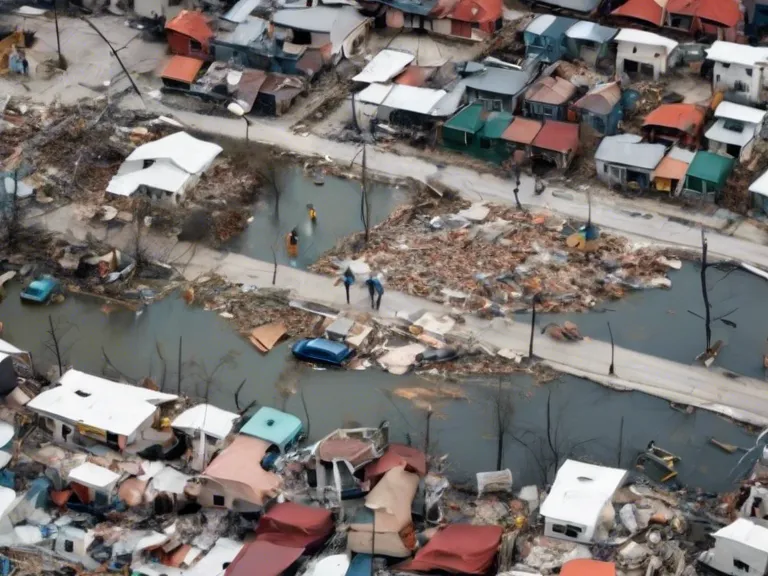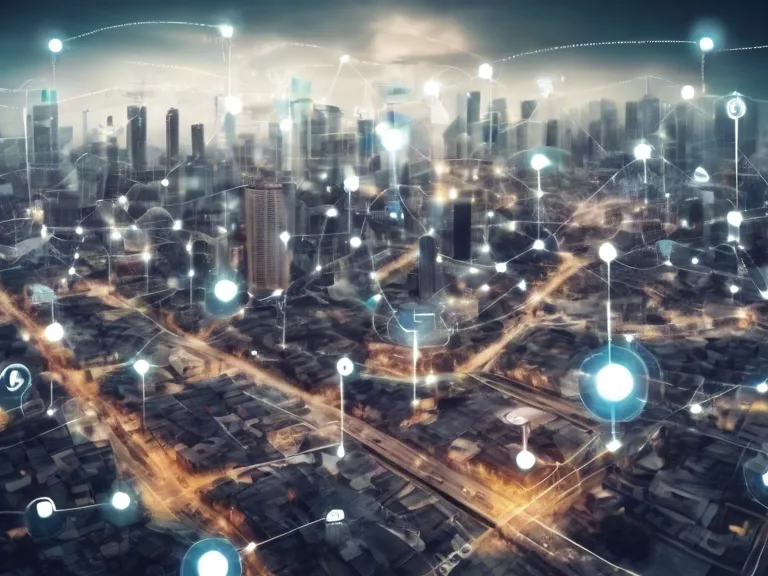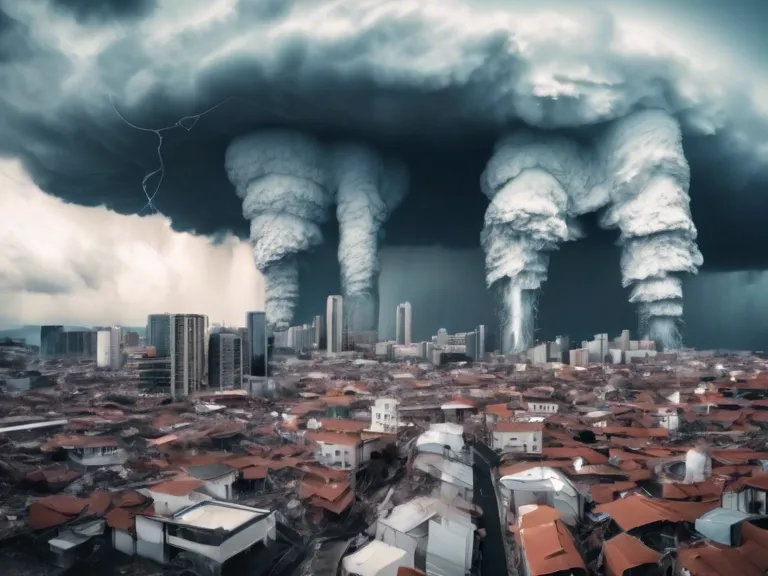
Harnessing the power of the Internet of Things (IoT) to build a networked defense system against natural disasters. Learn how IoT technology can predict, prevent, and mitigate the impact of disasters.
With the increasing frequency and severity of natural disasters around the world, there is a growing need for innovative solutions to help communities better prepare for and respond to these events. One such solution lies in the Internet of Things (IoT) – a network of interconnected devices and sensors that can collect and share data in real-time. By leveraging IoT technology, we can build a networked defense system that can help us predict, prevent, and mitigate the impact of natural disasters.
Predicting Disasters
One of the key benefits of the IoT in disaster management is its ability to collect and analyze data from a wide range of sources, such as weather stations, satellites, and sensor networks. By gathering this data in real-time, we can better predict when and where disasters are likely to occur, allowing us to take proactive measures to protect lives and property.
Preventing Damage
In addition to predicting disasters, IoT devices can also help prevent damage by monitoring and controlling critical infrastructure such as bridges, dams, and levees. By using sensors to detect changes in structural integrity or environmental conditions, we can take corrective actions before disaster strikes, reducing the risk of catastrophic failure.
Mitigating Impact
When disasters do occur, IoT devices can play a crucial role in coordinating emergency response efforts. By providing real-time data on the location of victims, the status of infrastructure, and the availability of resources, we can ensure that help reaches those in need quickly and efficiently.
Building Resilience
By creating a networked defense system using IoT technology, we can build more resilient communities that are better equipped to handle the challenges of a changing climate. By sharing data and coordinating response efforts across multiple agencies and organizations, we can improve the overall effectiveness of disaster management efforts.
In conclusion, the Internet of Things has the potential to revolutionize the way we prepare for and respond to natural disasters. By building a networked defense system that leverages the power of data and technology, we can better protect our communities and safeguard our future.



